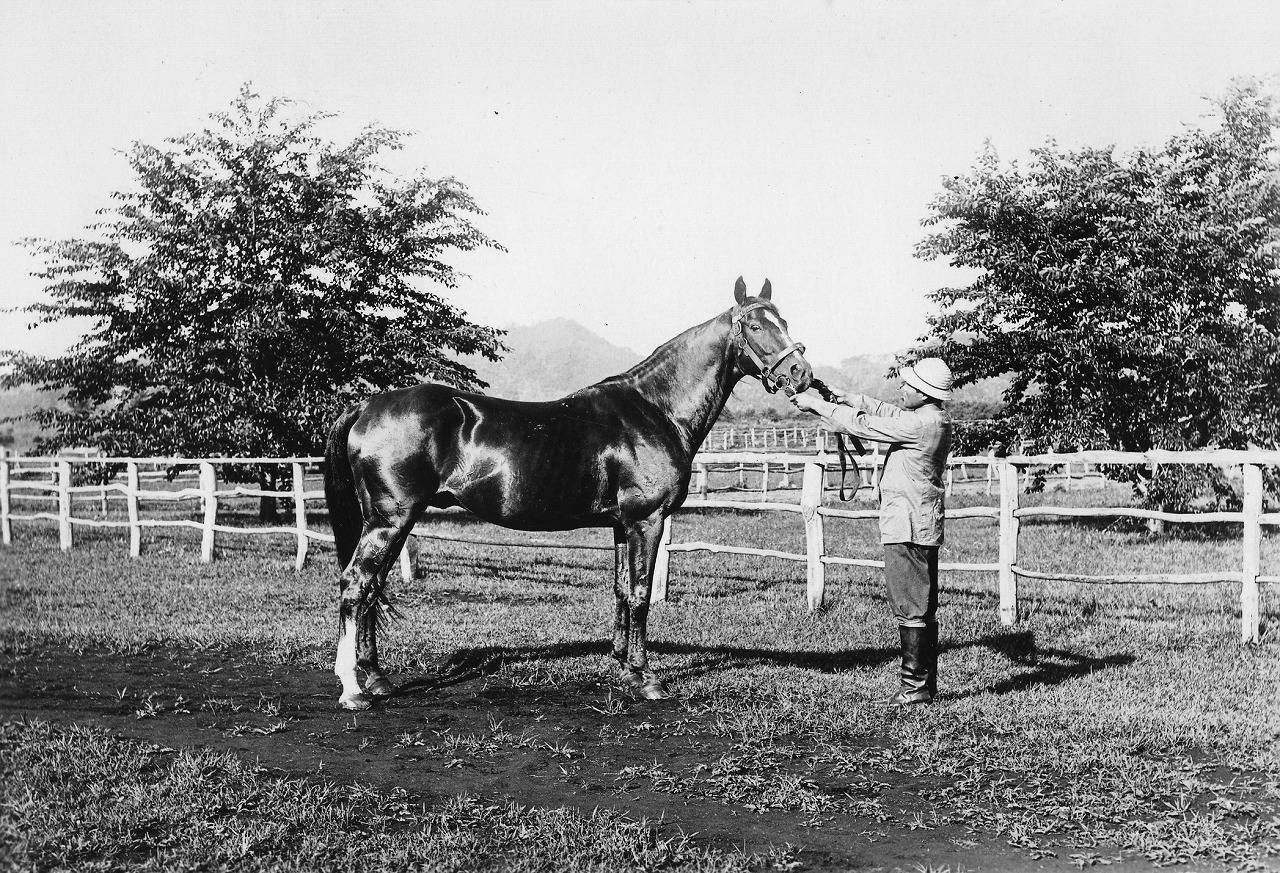Horse racing is considered a sport of bloodlines. The people who breed horses or the places where they are bred may change, but their bloodlines remain. The origins of Japan’s horse racing can be traced through bloodlines.
Turn back the hands of time 114 years to 1907, when a sire and 20 dams came to Japan from the United Kingdom. There was still no airplane to carry them. They traveled by ship to make their way to Asia. The horses were imported by Koiwai Farm in Shizukuishi, Iwate Prefecture. “I believe it was a very expensive purchase at that time, just to think of the cost of transportation,” said Hiromi Nozawa, the director of the museum attached to the farm. Today, Koiwai is known as a gourmet dairy brand. But only a handful of Japanese know the company established the foundation of horse racing in Japan.
Koiwai Farm was established in 1891 by Gishin Ono, then-vice president of the former Nippon Tetsudo (Japan Railway), Yanosuke Iwasaki, second president of Mitsubishi Corp., and Masaru Inoue, who was then director-general of the former Railways Agency. Koiwai is actually an acronym combining the first kanji each from the three men’s family names in that order. Its operations initially centered on farming, but the crop was not as good as they hoped despite many attempts to improve soil quality. Eventually, in 1899, eight years after its establishment, Koiwai shifted the focus of operations to livestock.



















With your current subscription plan you can comment on stories. However, before writing your first comment, please create a display name in the Profile section of your subscriber account page.